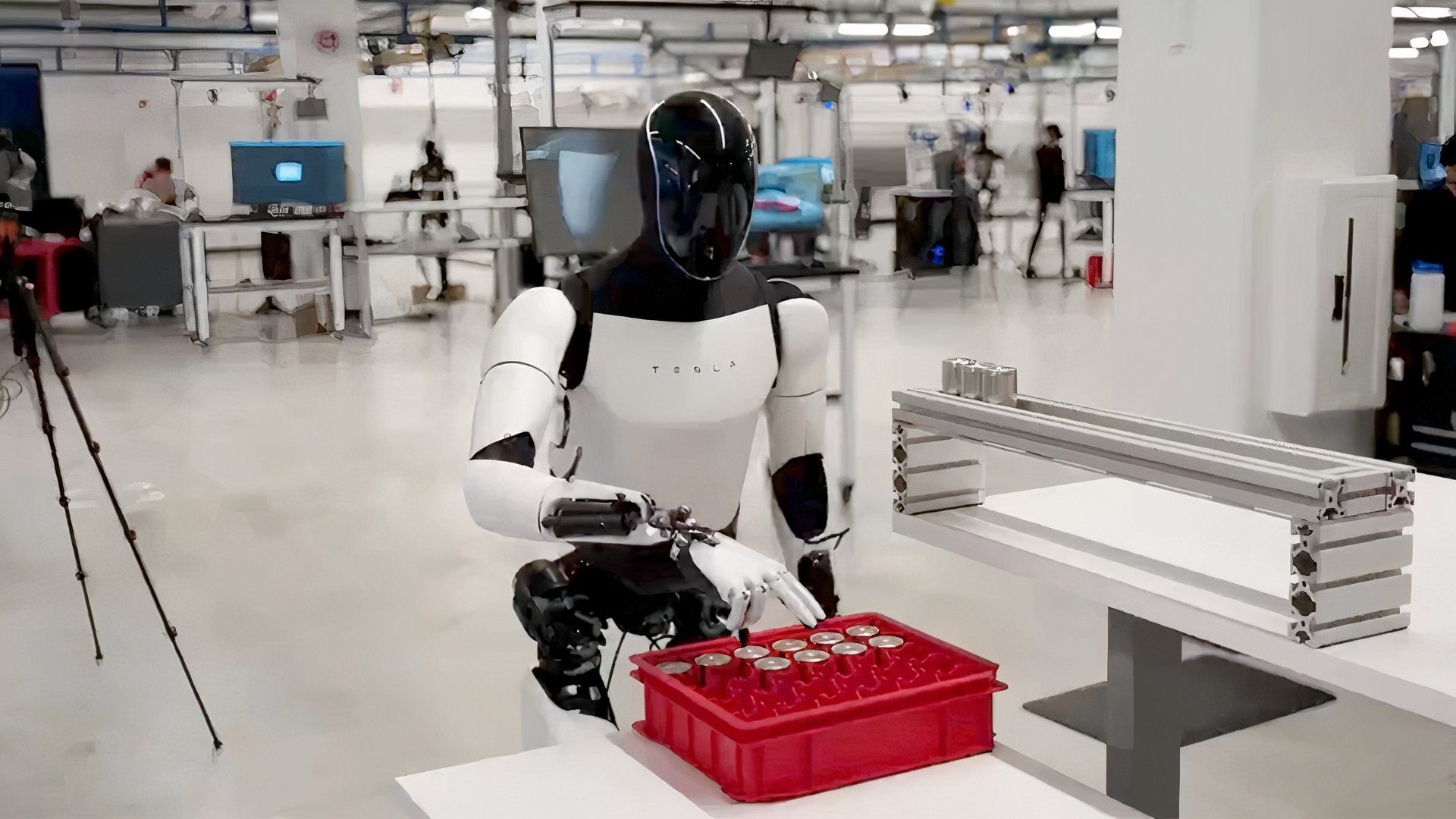Key Takeaways
- Tesla is recruiting people to help train its humanoid robot, Optimus, by wearing motion capture suits and VR headsets.
- These “Data Collection Operators” need to be physically fit, between 5’7″-5’11”, and willing to work day, evening, or night shifts.
- Elon Musk’s goal is for Optimus to work in Tesla factories and beyond.
In a bid to train its humanoid Optimus robot, Tesla is reportedly hiring people willing to wear motion capture suits and VR headsets for seven or more hours a day. Business Insider notes that the company has been recruiting many “Data Collection Operators” during the past year, including over 50 people so far. The position pays anywhere between $25.25 and $48 per hour, plus benefits and bonuses, such as stocks.
While suited up, hires are expected to walk test routes and perform a variety of tasks, generating data for later analysis — at least some of which they’ll be reporting on themselves. It’s also a physically demanding position, requiring not just a lot of walking, but carrying weight up to 30 pounds, and a natural resistance to the disorientation VR can cause. Hires must measure between 5’7″ and 5’11” tall — the size of the motion capture suits — and be willing to work a day, evening, or night shift plus occasional overtime.
 Tesla’s robot ambitions
Tesla’s robot ambitions
CEO Elon Musk first revealed plans to build a humanoid robot in 2021. While the short-term goal is to have the robot working in Tesla factories, the long-term one is to create a general-purpose machine that can be sold elsewhere. Musk has even suggested that Optimus could be used as a caregiver, although it likely has a long way to go before it can handle that sensitive a task.
In June 2024, the company announced that it already had two Optimus robots working autonomously. It didn’t say which factory (or factories) the robots were in, however, or what tasks they were assigned. Previous demonstrations of Optimus suggest that those tasks could be menial, such as carrying and sorting items. Tesla factories are already heavily automated using specialized non-humanoid systems.
Maximizing automation is believed to be key to Tesla’s broader goal of pushing manufacturing costs down. EVs are more expensive than their gas-powered counterparts, owing to the cost of batteries. Fully automated factories would not only slash human payrolls, but improve efficiency, since robots can operate 24/7 barring any recharge or maintenance time. Tesla has yet to deliver on its aim of an everyman “Model 2” car that’s below the pricetag of a $35,000 Model 3.



 Tesla’s robot ambitions
Tesla’s robot ambitions 

